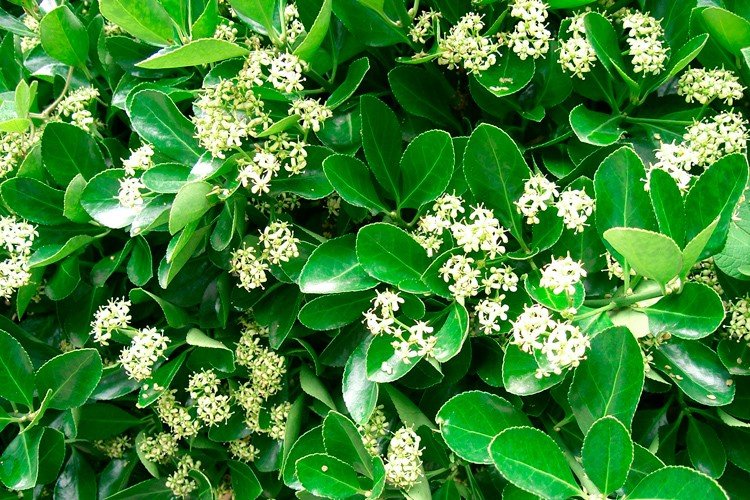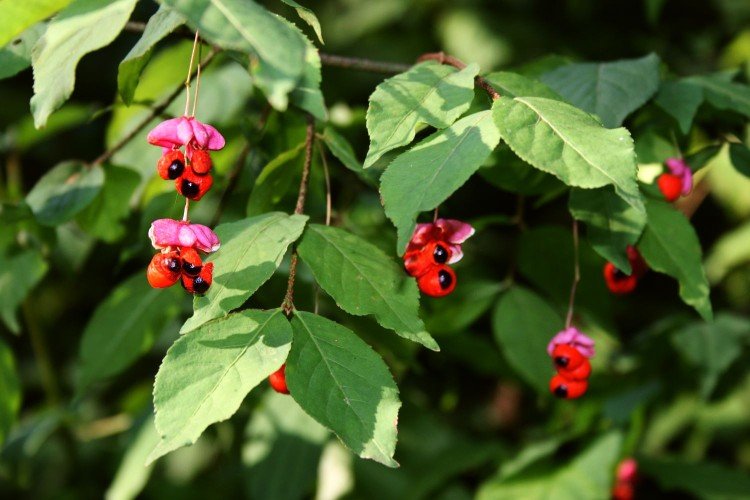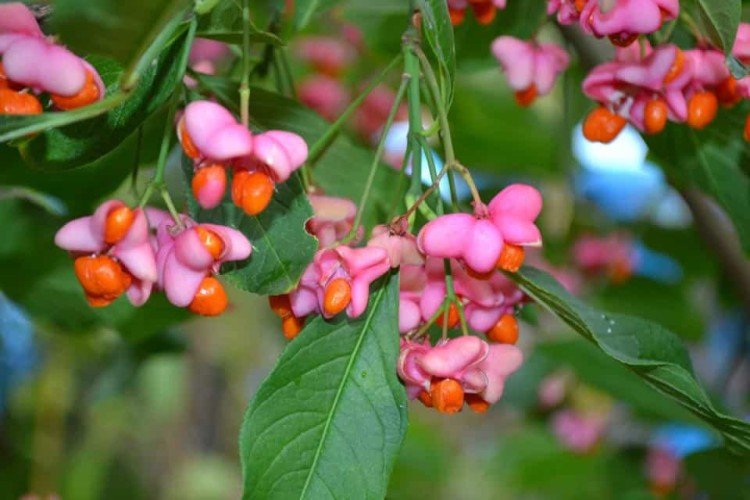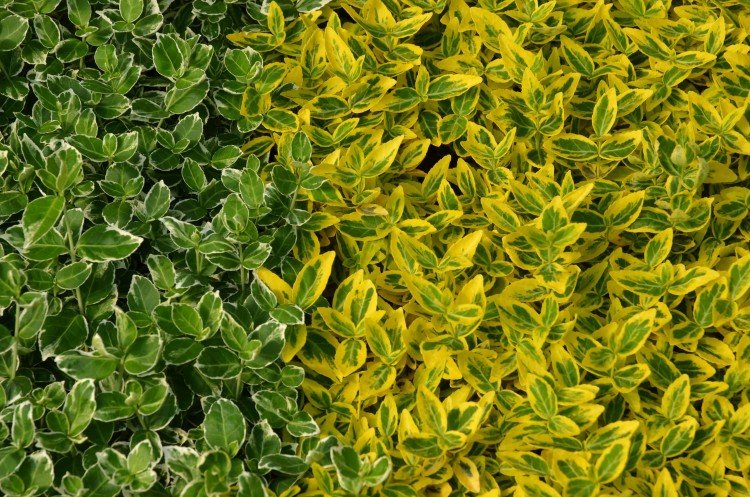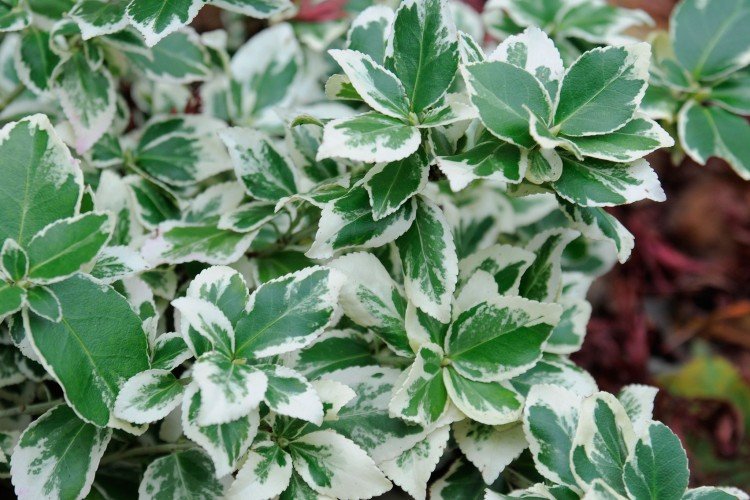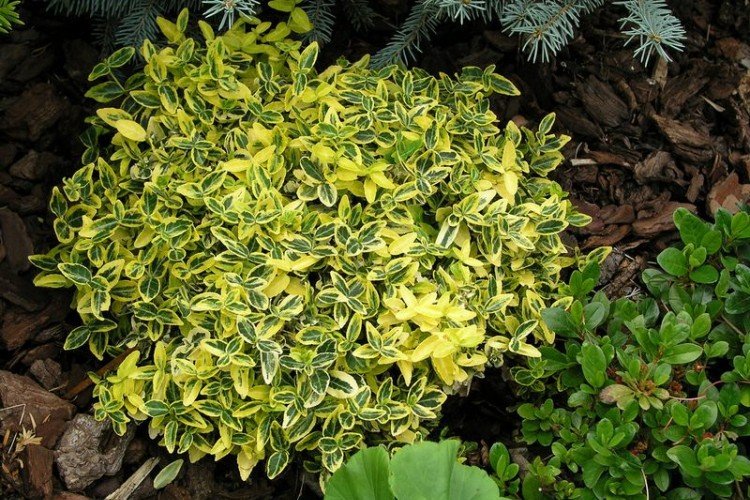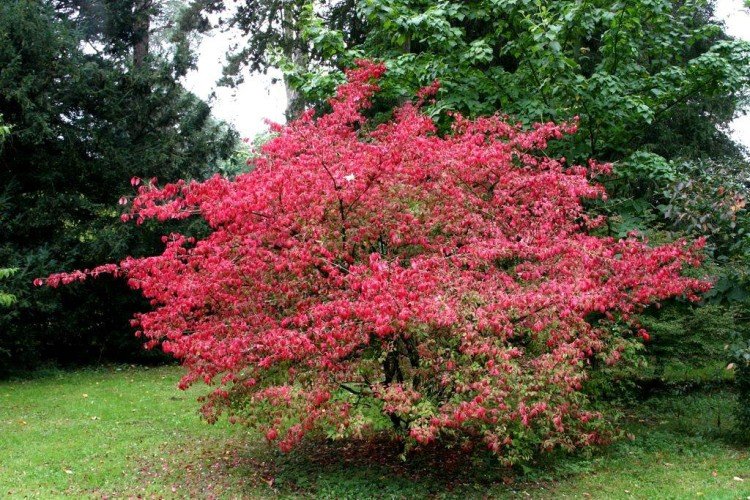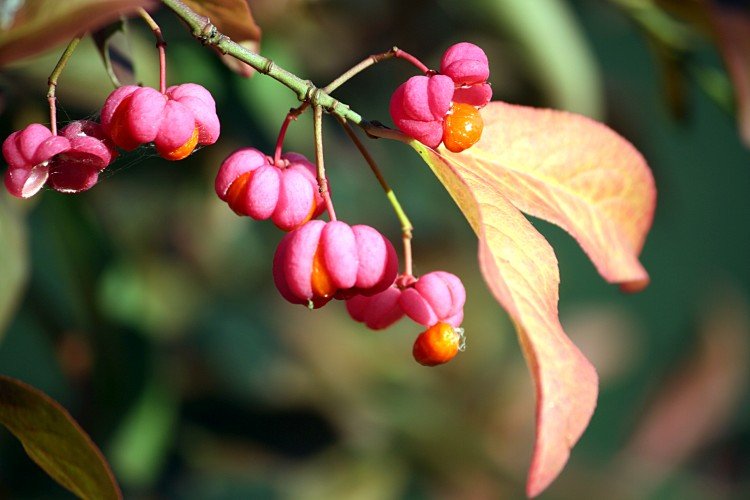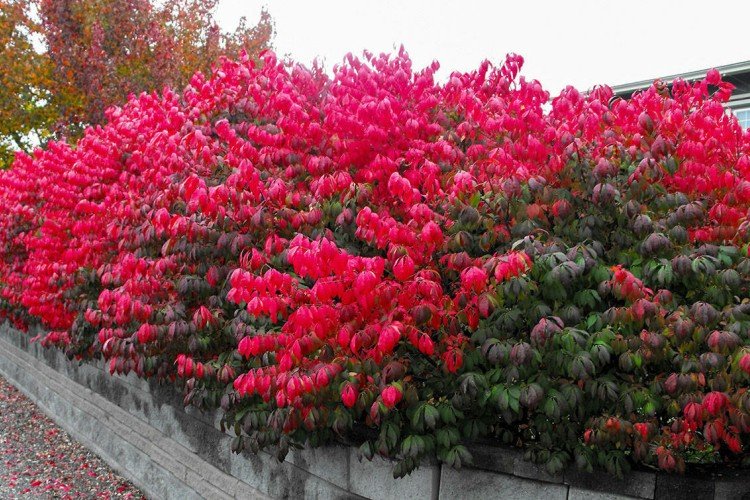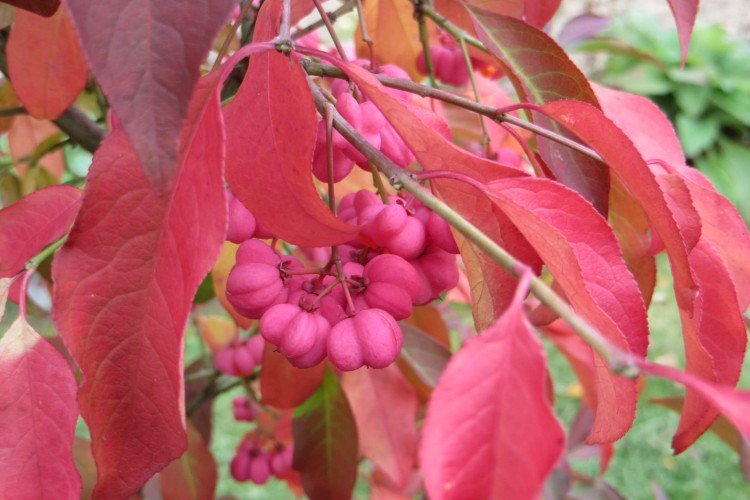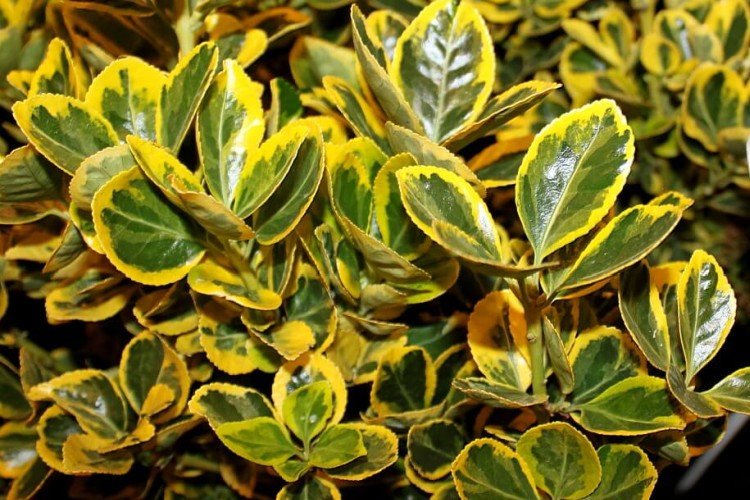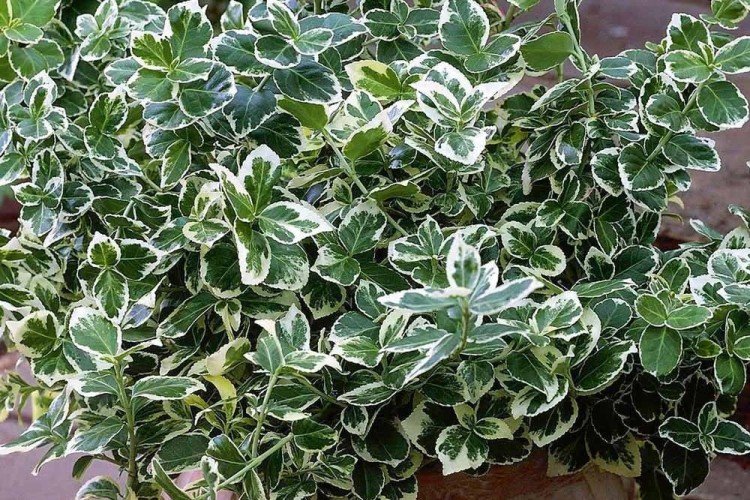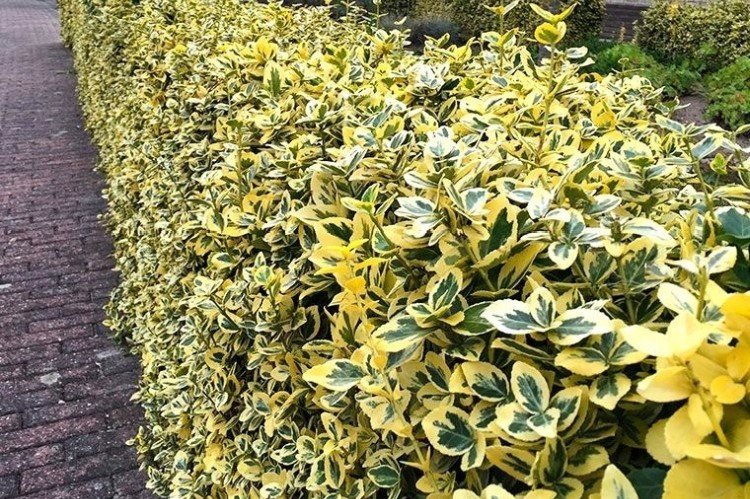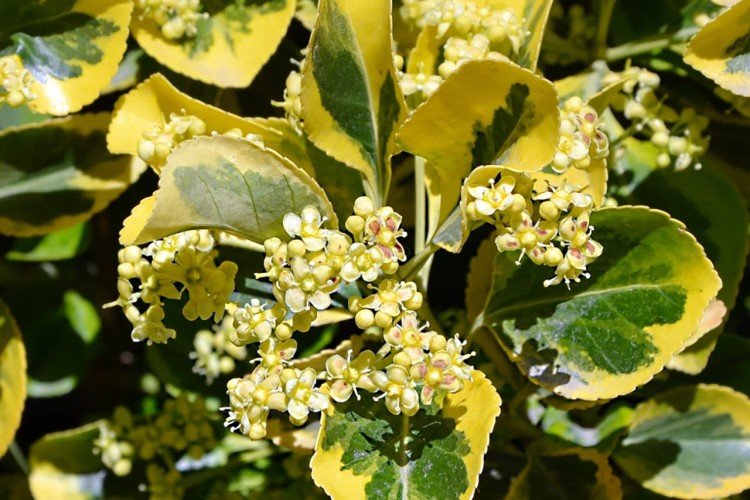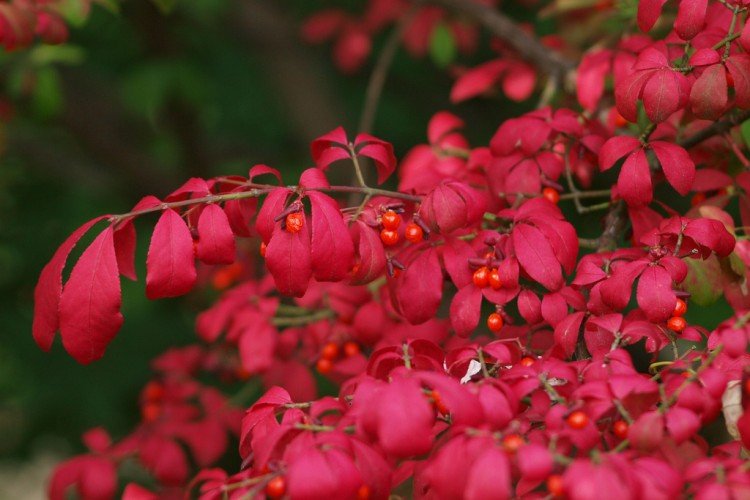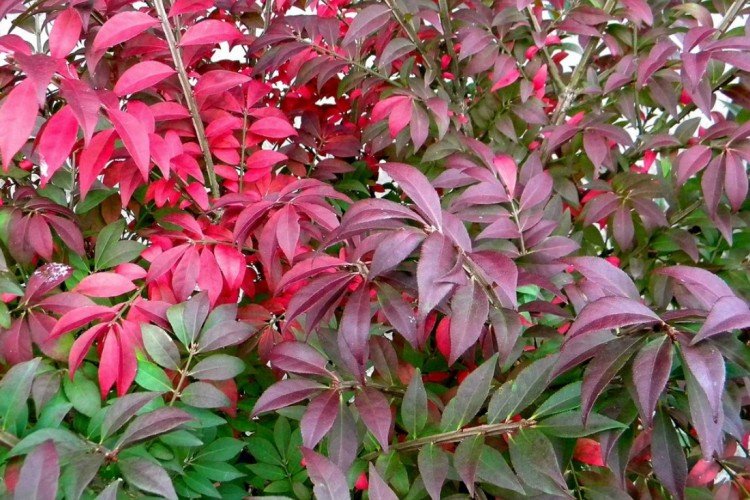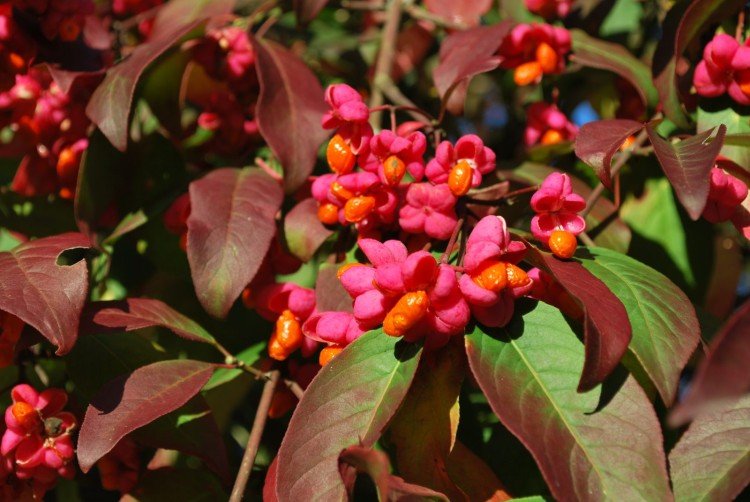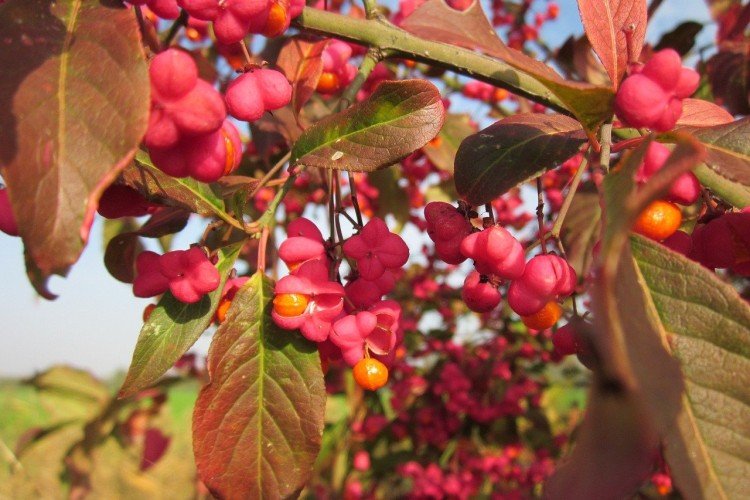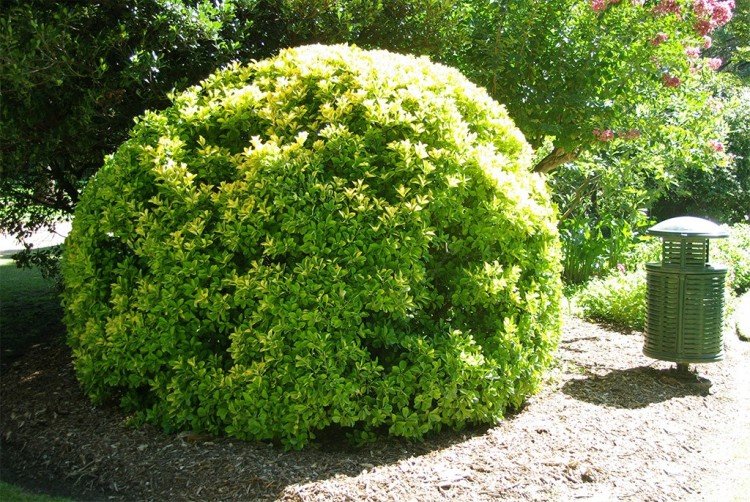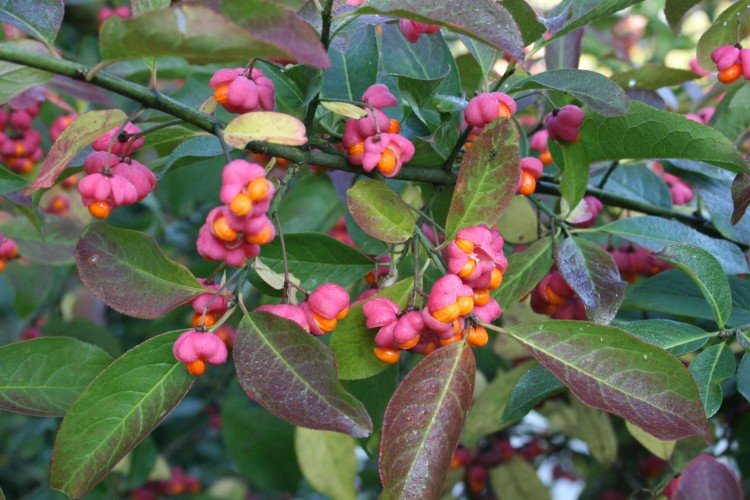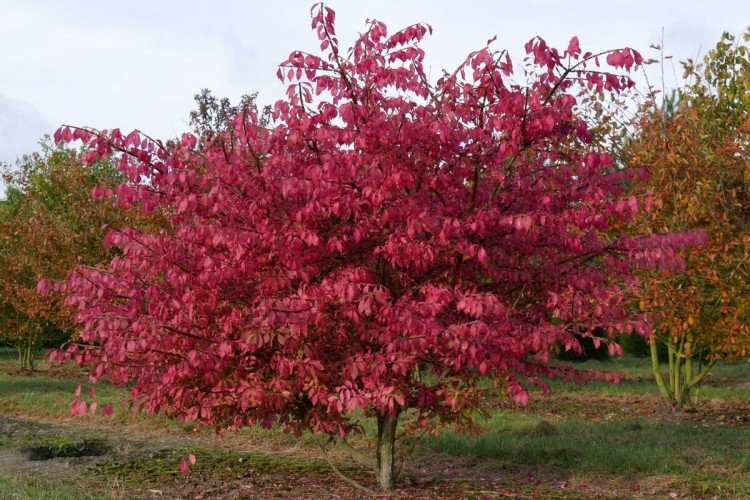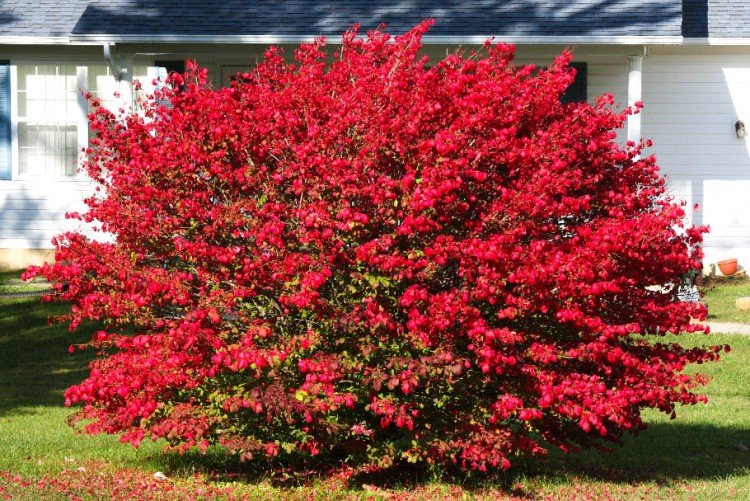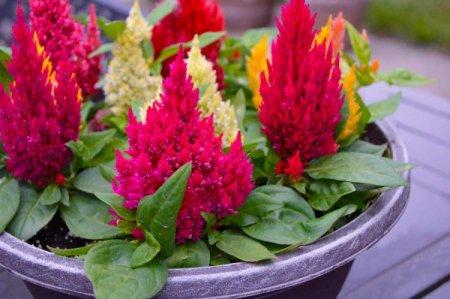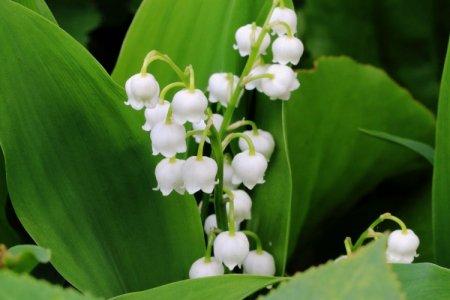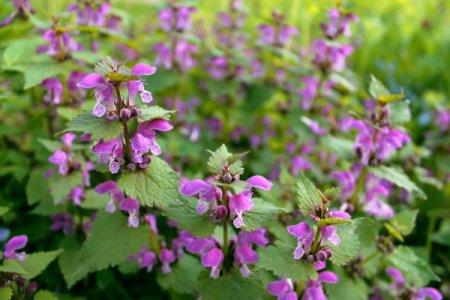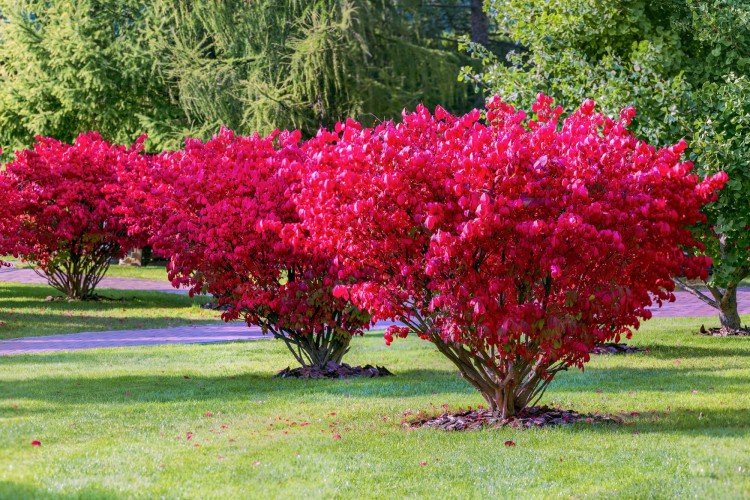
The charming euonymus with its multicolored openwork crown and quirky earrings instantly attracts attention wherever it grows. In recent years, gardeners have undeservedly forgotten about such beauty, and in vain!
general information
Evergreen and deciduous are found among hundreds of species. There are completely dwarf creeping varieties, and there are tall giants. Most of them are thermophilic, but some are still able to withstand severe frosts.
The tallest and spreading trees stretch up to 10 m. Most often there are bushes up to 3-5 cm in diameter, and species up to 1.5-2 m are considered miniature. Creeping varieties are classified separately. By the way, they are good for green hedges and arches.
Euonymus is a flowering plant that blooms towards the end of spring. Its buds are not very noticeable, unlike the multi-colored leaves, which collect all shades from yellow to purple by autumn. In addition, long earrings look unusual, which also gradually change their shade. Keep in mind that euonymus is a poisonous plant.

Types of euonymus
In our latitudes, only two species are common - European and warty. But we will tell you about a few more popular ones!
European euonymus
There are two main subspecies of such euonymus - shrub and tree-like. The tree, depending on the conditions of the region, can grow up to 8 m. Average frost resistance.
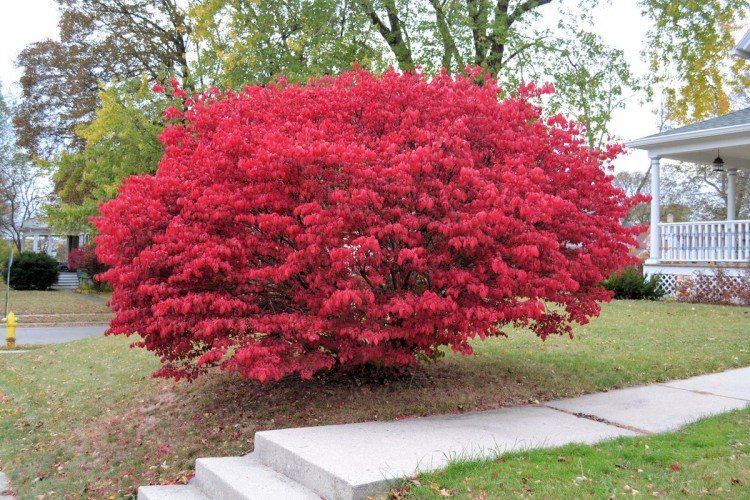
Warty euonymus
Medium-sized shrub up to 1.5 m is notable for very slow growth and high frost resistance. With its not the most romantic name, it is surprisingly decorative. Shoots are overgrown with characteristic thickenings.
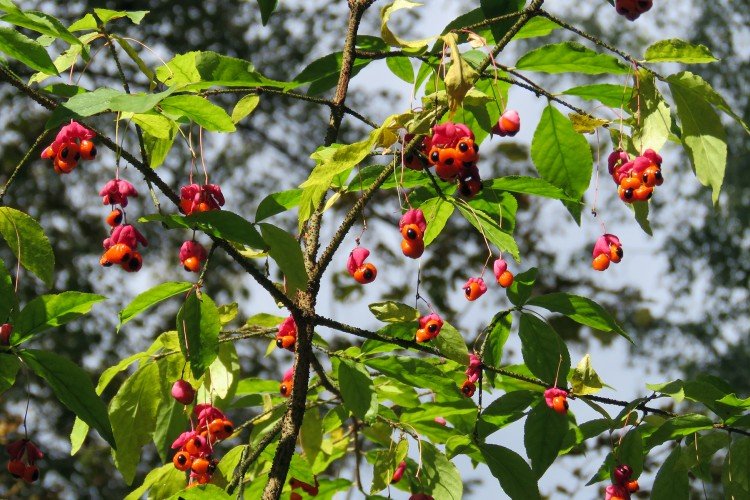
Broadleaf euonymus
It is a vigorous shrub up to 5 m with abundant flowering and a pungent aroma. But this species is more often grown for medicinal purposes. Therefore, among gardeners and landscape designers, it is not so in demand.
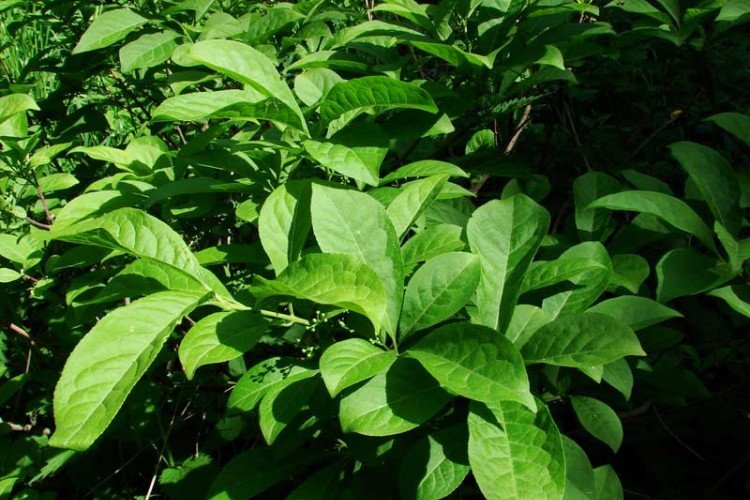
Fortune's eonymus
And again, frost-resistant, and also very decorative. This is a very compact Chinese euonymus in the form of a variegated creeping shrub up to 50 cm.
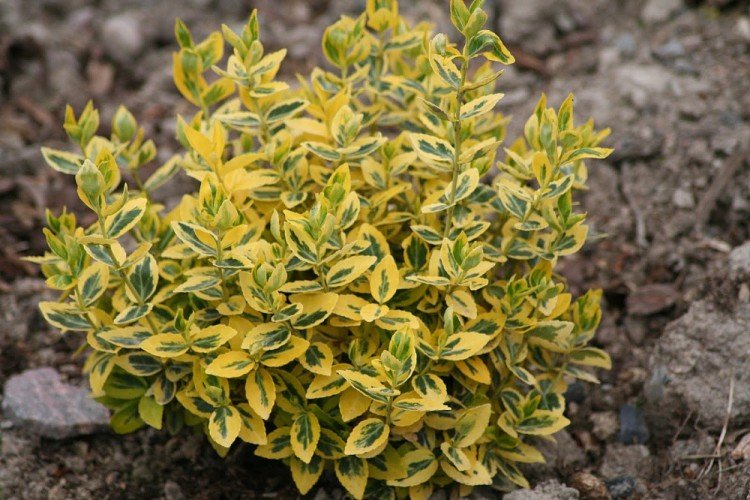
Large-winged euonymus
A tall, tree-like shrub thrives in the shade. But still, in sunny areas, it is much more beautiful, and is grown mainly in the form of single plantings.
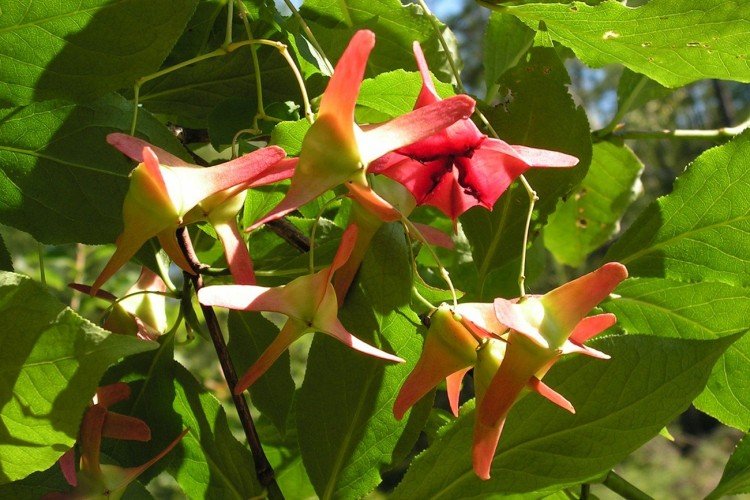
Japanese euonymus
A heat-loving species that does not tolerate temperatures below +5 degrees. But there is good news: it winters excellently indoors or in a covered greenhouse. Therefore, it is mainly grown in tubs.
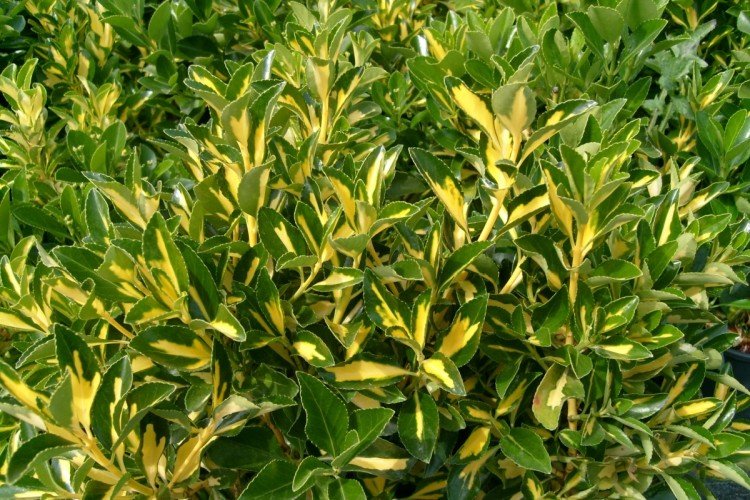
Dwarf euonymus
It is easily distinguished by its atypical narrow lanceolate leaves with curved tips. It grows up to 1 m in height, but quickly expands in breadth, and captures entire areas.

Euonymus care
The euonymus has quite banal and restrained requirements. A little moderation in everything - and he will grow well and delight with his beauty!
Temperature
The ideal summer temperature for euonymus is about 20 degrees. For indoor flowerpots in winter, it needs to be lowered to 6-12 degrees so that the plant gains strength by spring.
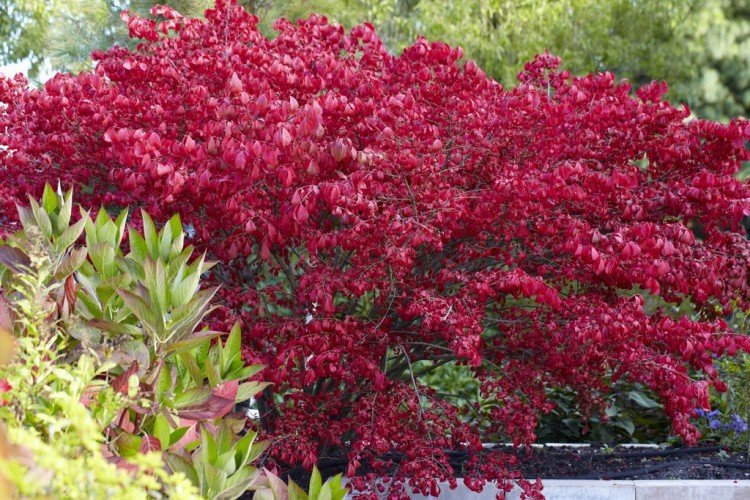
Lighting
The light should be bright, but diffused, because aggressive direct rays can cause burns and affect the color of the leaves. Illumination requirements may vary from cultivar to cultivar.
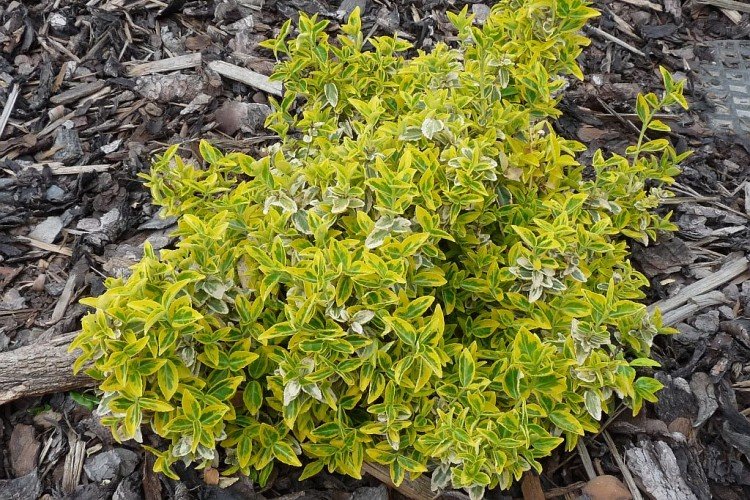
Watering
In the summer, you will definitely need abundant watering and regular spraying, because dry soil and dry air are the first reasons for the loss of leaves. But in winter, euonymus almost does not need additional moisture at all.
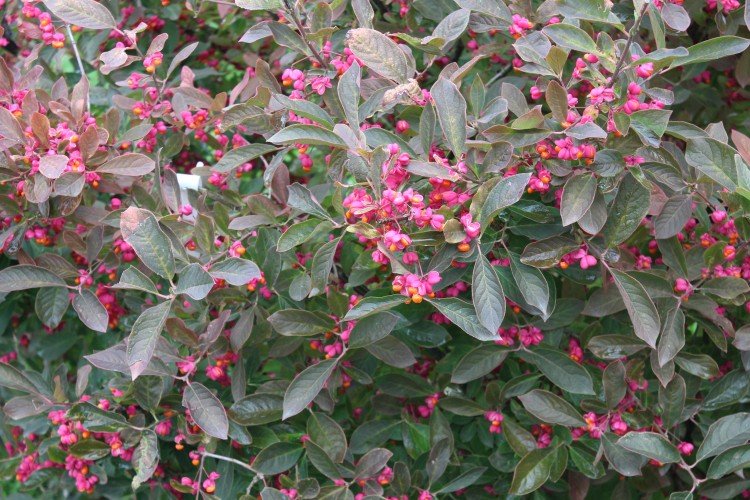
The soil
Any soil is suitable, but always light and loose. It is good to use leafy soil with turf and organic matter, and also add peat with sand.
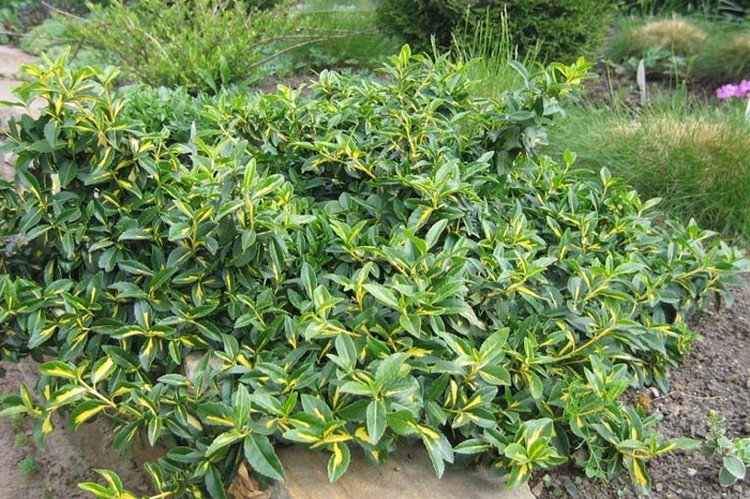
Fertilizers and feeding
The euonymus is sensitive to feeding.Moreover, in this case, you can safely alternate mineral complexes and organic matter with an interval of 1-2 weeks.
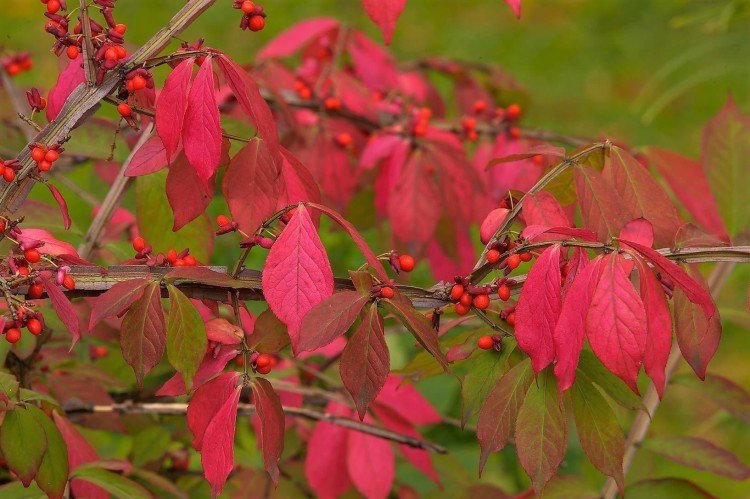
Pruning
The shrub is pruned for decorative purposes to create a neat and well-groomed crown. In addition, fresh shoots must be pinched for branching in the spring.
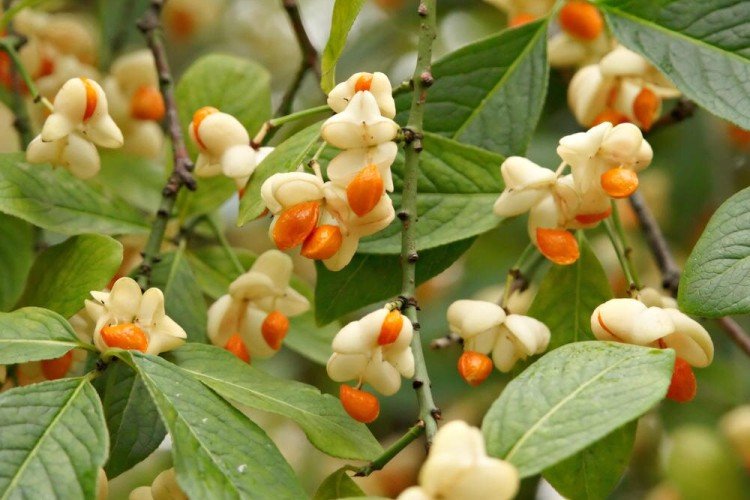
Wintering
This applies to outdoor plants that will remain right in the garden. Winter-hardy species do not require additional care and tolerate even -25 degrees under the snow. If the branches are partially frozen, they will recover during the season.
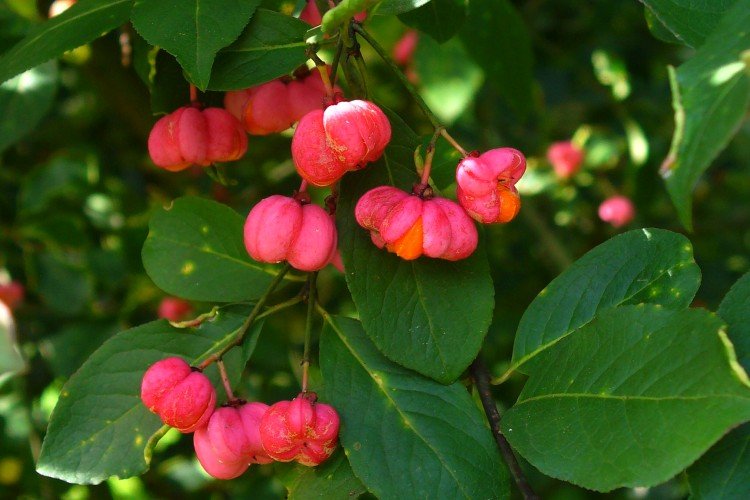
Transfer
And this item applies to indoor and tub plants. Ornamental euonymus gradually depletes the soil, so even adult slow-growing bushes are recommended to be replanted every 2-3 years.
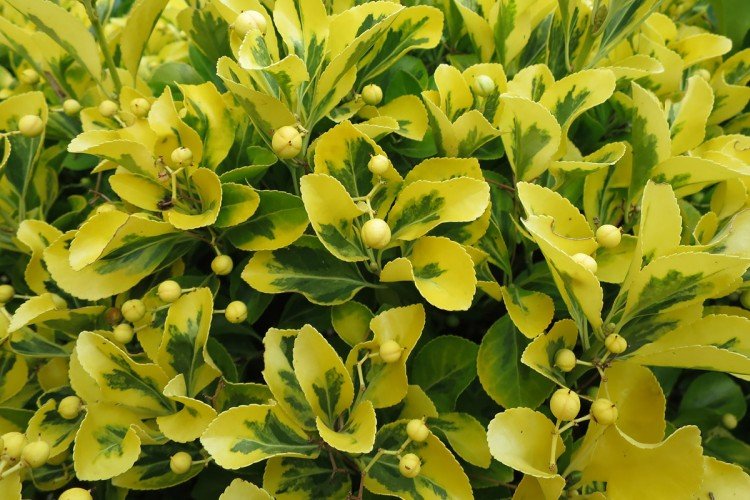
Reproduction and planting of spindle tree
Colored and variegated varieties are propagated only vegetatively in order to maintain their characteristic. Garden plants are easiest to propagate by layering. Just bend the low shoots to the ground in the groove, secure with staples, dig in, leaving only the top, and wait. After the roots appear, they can be separated and transplanted.
Cutting is a universal method for both tub and outdoor plants. At the beginning of summer, cut the apical cuttings about 7 cm with internodes, treat with a stimulant and root in peat with sand under the film. They can be transplanted in 2 months.
At the beginning of the season, root babies with roots about 30 cm long can be separated from the main plant. They are simply transplanted immediately to a permanent place. And dwarf species with abundant root shoots are completely painlessly propagated by dividing the rhizome.
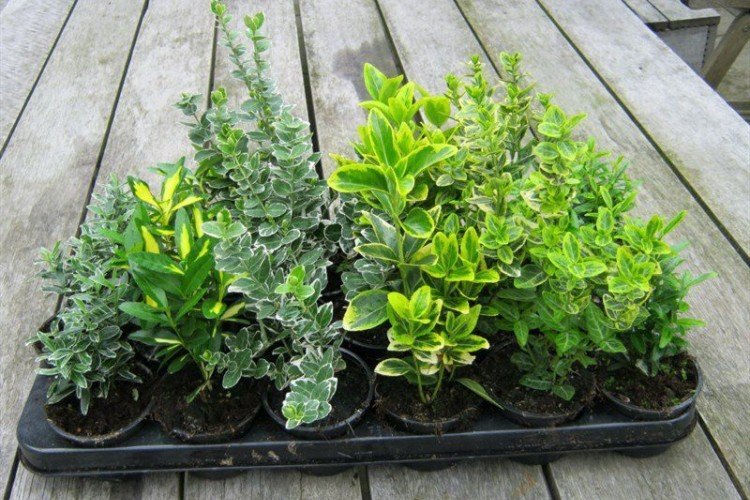
Pest and disease control
Spider mites, mealybugs and moths are especially dangerous. Less often, red ticks, scale insects and moths settle on the tree. All of them spoil and destroy the leaves, but complex insecticides help well from all.
Drying of branches and necrosis of the bark is most often due to a fungal infection. The second most common fungus is ascochitosis, as a result of which the leaves become covered with brown spots, which gradually brighten. It is necessary to get rid of the affected parts of the plant, and then treat everything with Bordeaux liquid.
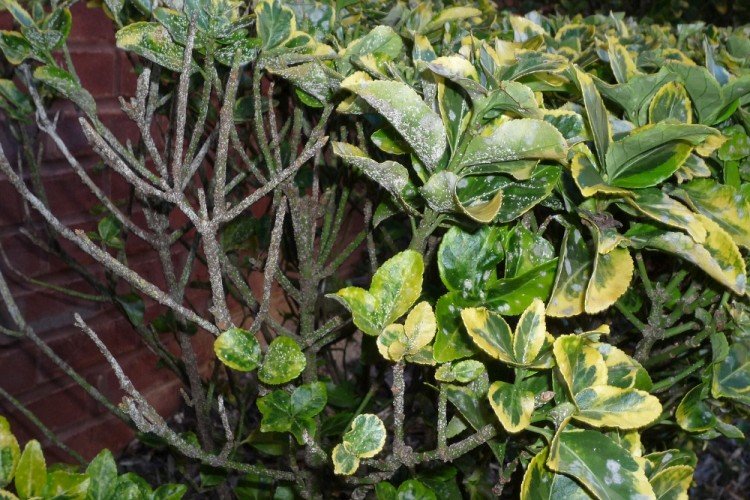
Euonymus - photo
The euonymus is so spectacular that it is impossible to deny yourself the pleasure of admiring it. So don't refuse!
